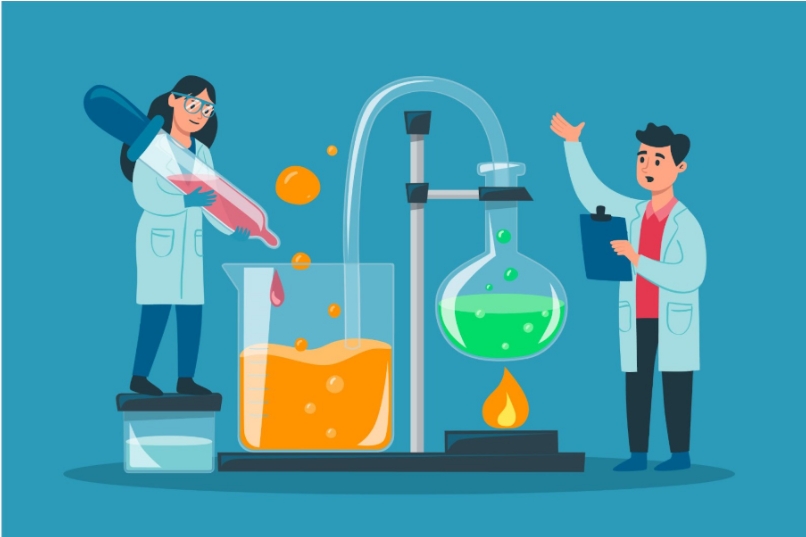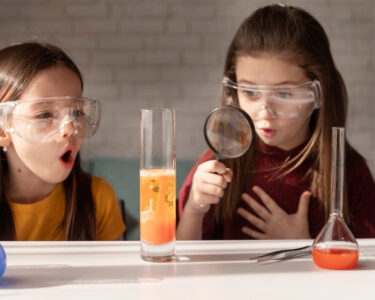Science experiments for high school are designed to push students beyond the basics school projects. Unlike kindergarten or primary school activities, high school-level experiments often require a deeper understanding of chemistry, physics, and biology. These projects encourage critical thinking, creativity, and problem-solving, while also preparing students for college-level research.
According to the National Science Teaching Association (NSTA), hands-on experiments are among the most effective ways to improve scientific literacy and student engagement.
15 Best Science Experiments for High School
Here are 15 science experiment ideas for high school students, suitable for students, teachers, parents, and even educational content creators who want to explore innovative and practical project ideas.
1. Electrolysis of Water
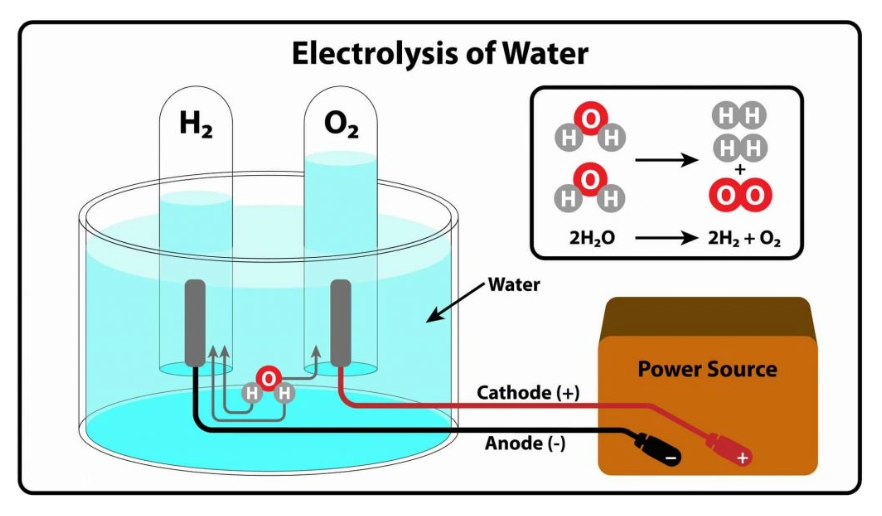
This experiment uses electricity to split water into its basic elements: hydrogen and oxygen. Students can set up a simple apparatus with a battery, electrodes, and a container of water mixed with a small amount of electrolyte (like baking soda). The process illustrates the principle of energy conversion.
Also Read: 15 Fun Science Facts For Kids You Won’t Miss!
2. DNA Extraction from Strawberries
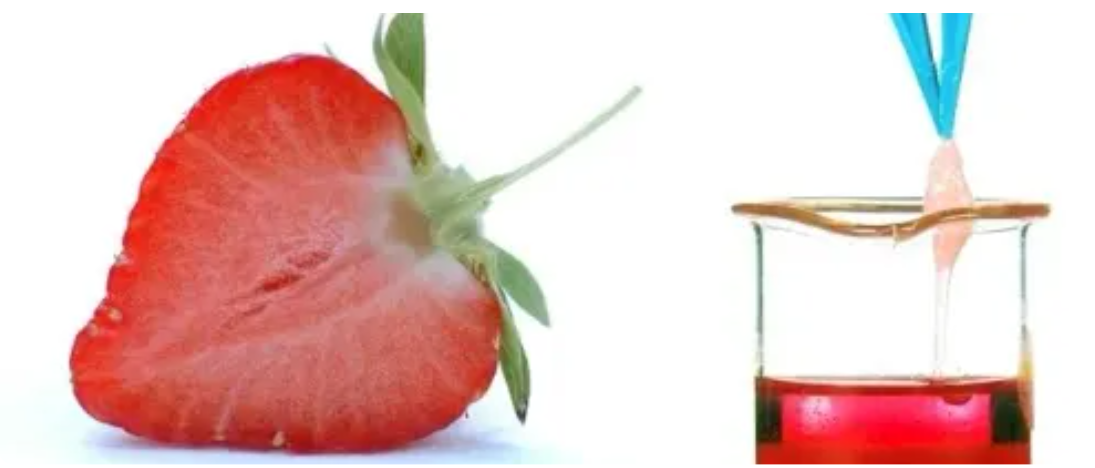
Strawberries are excellent for DNA extraction because they contain multiple sets of chromosomes and large amounts of genetic material. By using soap to break down cell membranes, salt to release DNA, and rubbing alcohol to precipitate it, students can visibly see strands of DNA.
3. Flame Test and Emission Spectra
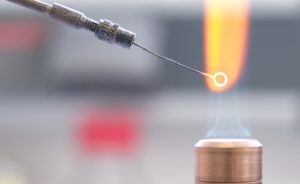
Different metal salts emit distinct colors when exposed to a flame. For example, copper gives green, sodium produces bright yellow, and potassium shows violet. This experiment allows students to see how electron excitation and relaxation release energy as visible light.
4. Measuring Catalase Enzyme Activity
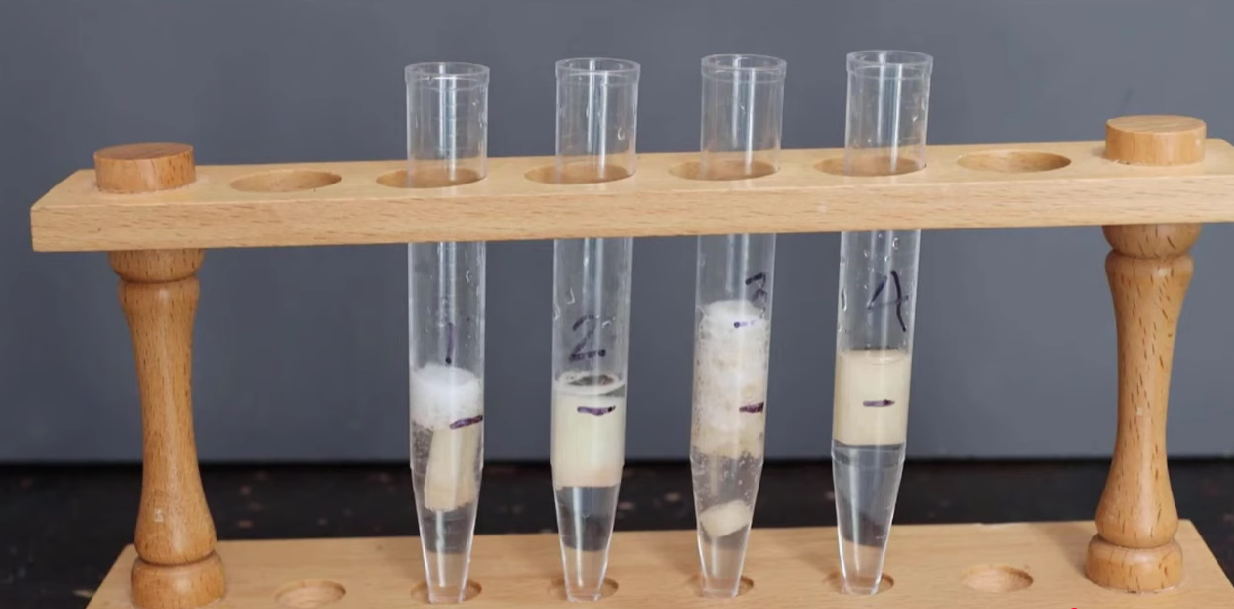
Catalase is an enzyme found in living tissues like potatoes and liver that rapidly breaks down hydrogen peroxide into water and oxygen. By measuring the foam produced in the reaction, students can study how variables such as temperature, pH, or substrate concentration affect enzyme activity.
5. Building a Simple Electric Motor
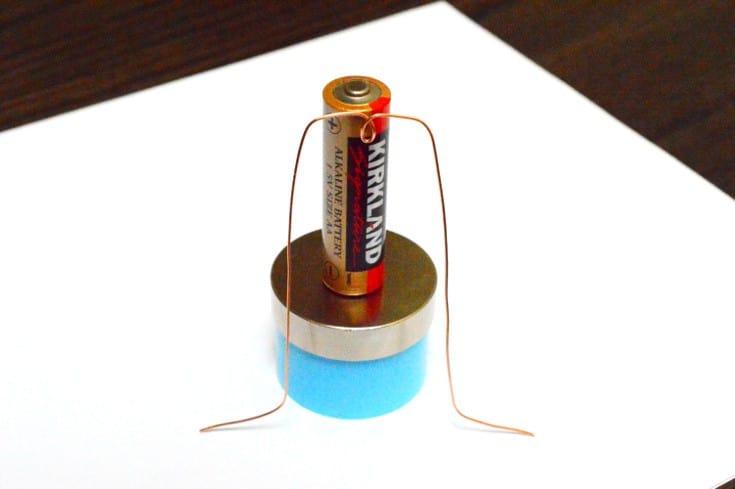
Using copper wire, a battery, magnets, and a stand, students can build a motor that spins when current flows through the coil. This hands-on project is one of science experiments for high school that connects abstract physics concepts like electromagnetism to a real-world application.
6. Investigating Osmosis with Potato Slices
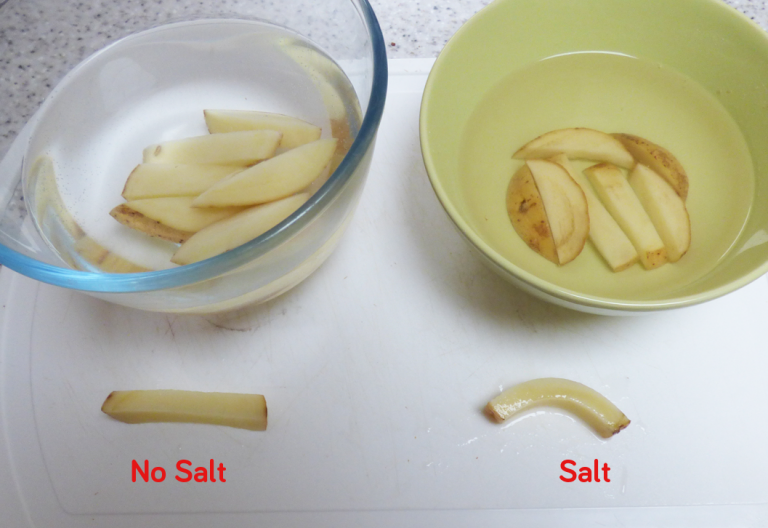
When potato slices are placed in saltwater, they shrink as water leaves the cells, while slices in freshwater swell as water enters. This simple but powerful demonstration shows osmosis; the movement of water across a semipermeable membrane.
According to Britannica, osmosis is a core principle of cell biology, crucial for understanding processes such as nutrient absorption, kidney function, and plant hydration.
Also Read: Booster Intelligent: Upgrade Your Brain with These 10 Easy Tips
7. Balloon Rockets
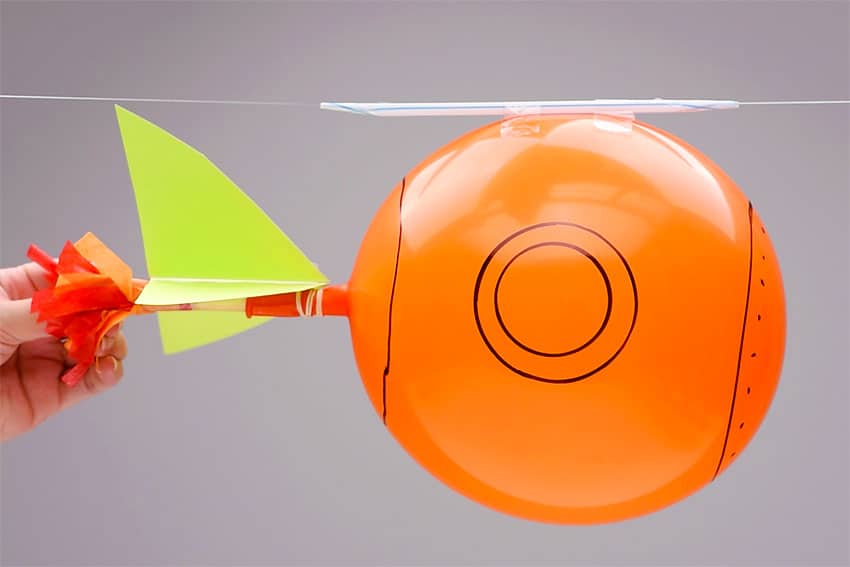
By taping a balloon to a straw on a string and releasing the air, students can see action-reaction forces in action. The escaping air pushes backward, while the balloon moves forward. As NASA explains, this experiment serves as a miniature model of rocket propulsion and demonstrates Newton’s Third Law of Motion in an accessible way.
8. Chemistry of Redox Reactions: Rust Formation
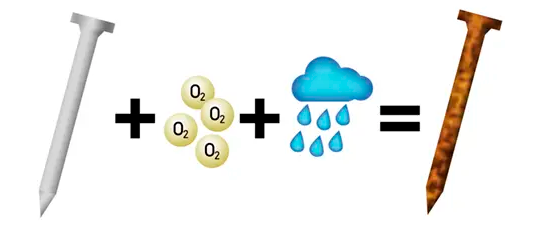
Rusting is a slow redox process where iron reacts with oxygen and moisture to form iron oxide. By testing conditions such as saltwater exposure, protective coatings, or different metals, students can study how corrosion occurs and how it can be prevented.
9. Investigating Plant Transpiration
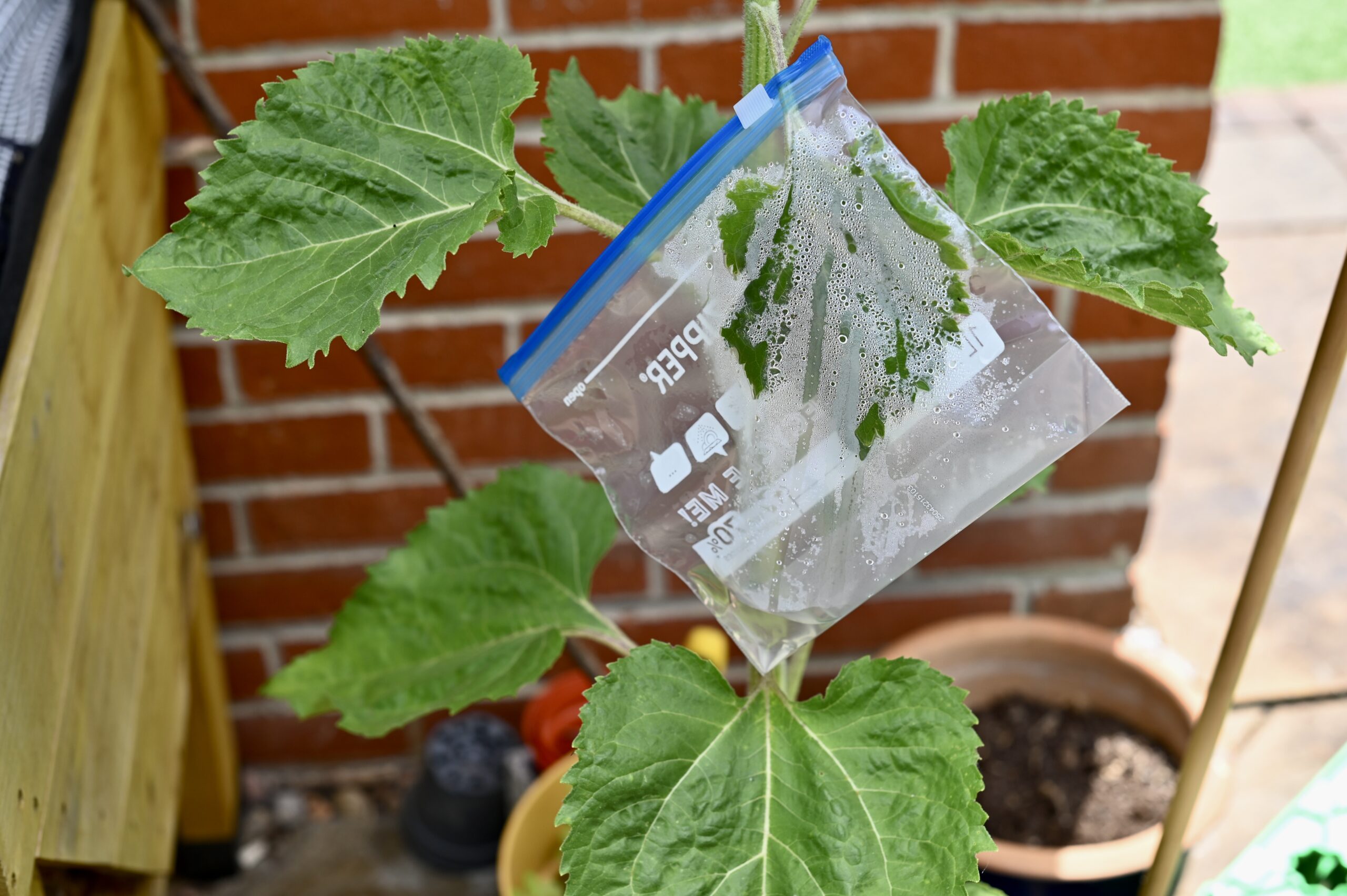
Covering plant leaves with plastic bags allows students to collect and measure water vapor released through stomata. This demonstrates transpiration, the process by which plants regulate water balance and nutrient transport.
10. Measuring Speed of Sound Using Echoes
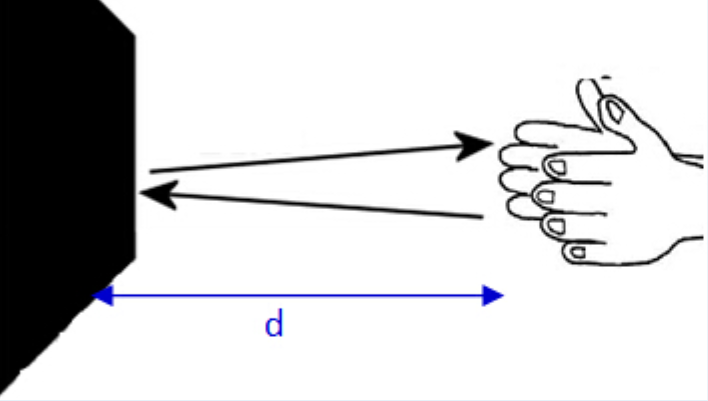
Students can measure the time it takes for a sound to bounce back from a wall at a known distance, then calculate the speed of sound using distance and time. This experiment demonstrates how waves travel through air and is linked to real-world applications in sonar, medical imaging, and seismology.
11. Acid-Base Titration
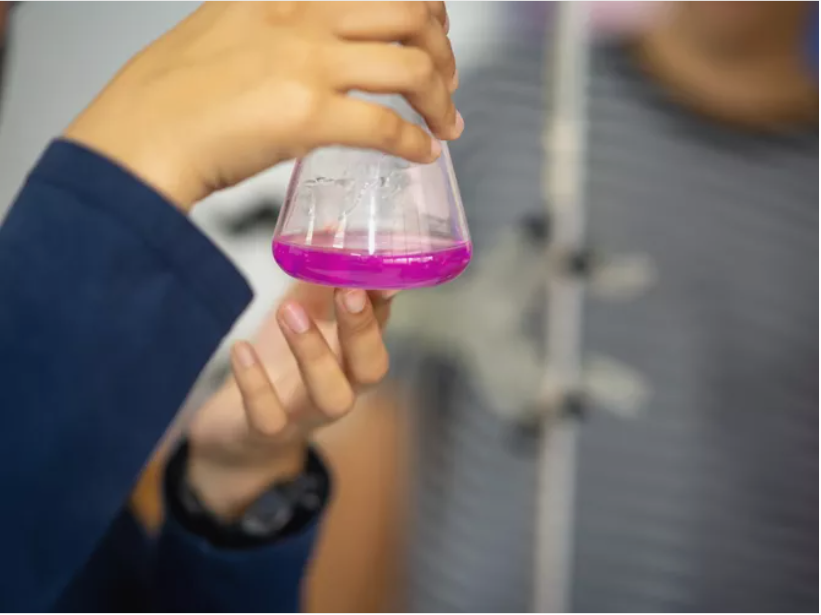
This classic chemistry experiment involves carefully adding a base of known concentration to an acid (or vice versa) until neutralization occurs, with an indicator showing the endpoint. Titration is one of science experiments for high school that teaches how to determine concentrations.
12. Studying Projectile Motion with a Launcher
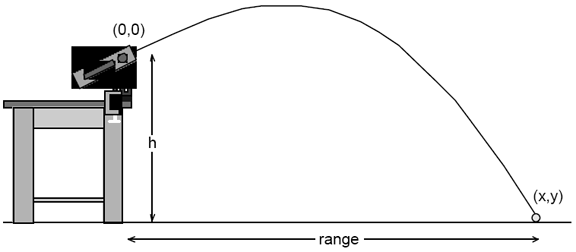
By launching small objects like marbles or tennis balls at different angles, students can record distances and compare them to theoretical predictions. This experiment allows students to test equations of kinematics and better understand variables such as angle, velocity, and gravity.
It connects directly to sports science, engineering, and ballistics.
Also Read: Top 10 Best Majors for Undecided Students to Consider
13. Testing Microbial Growth with Agar Plates
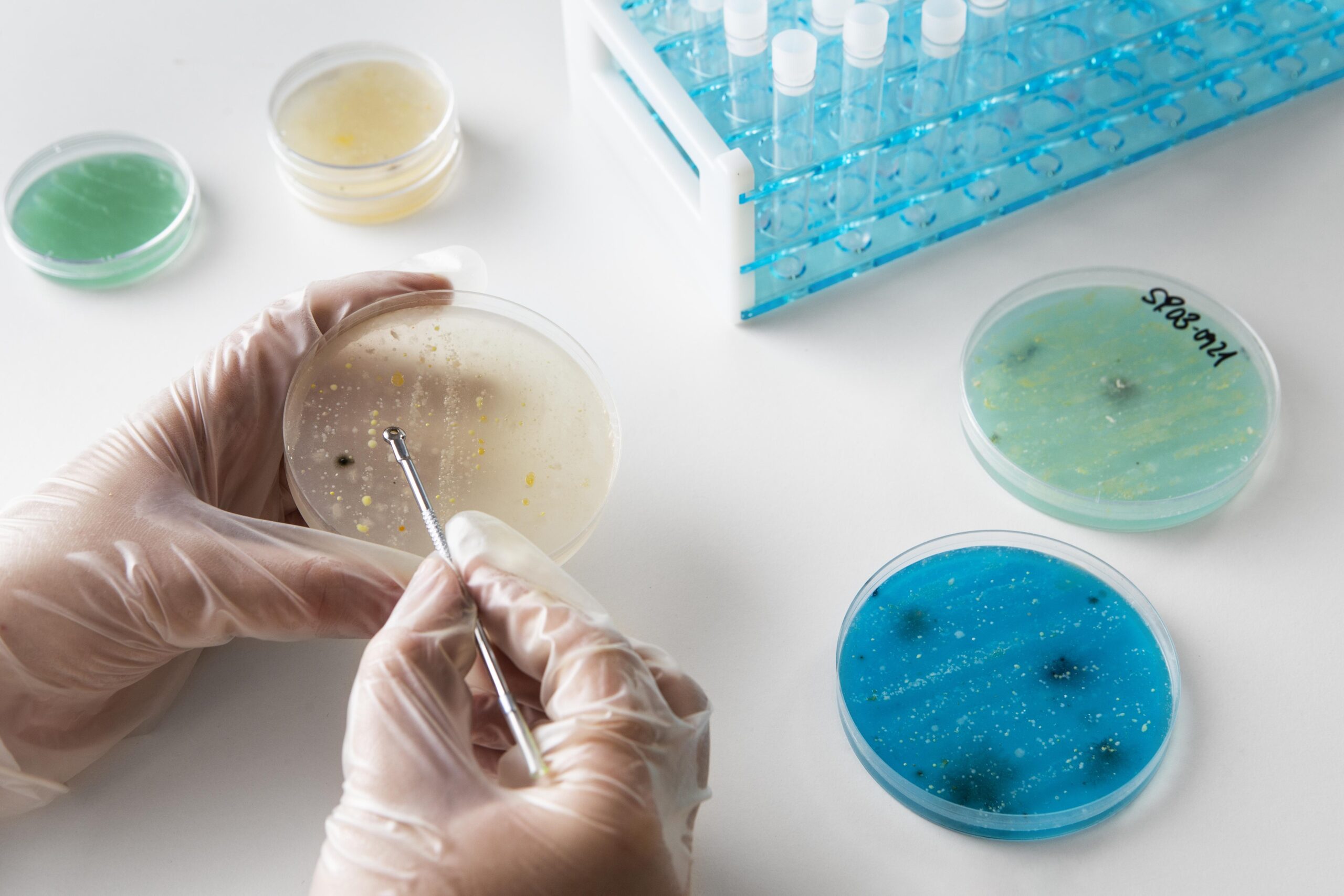
Students can swab surfaces such as door handles, smartphones, or sinks, and then streak the samples onto agar plates to observe microbial colonies after a few days. This experiment introduces aseptic techniques used in microbiology labs.
14. Investigating Electrochemical Cells (Voltaic Cell)
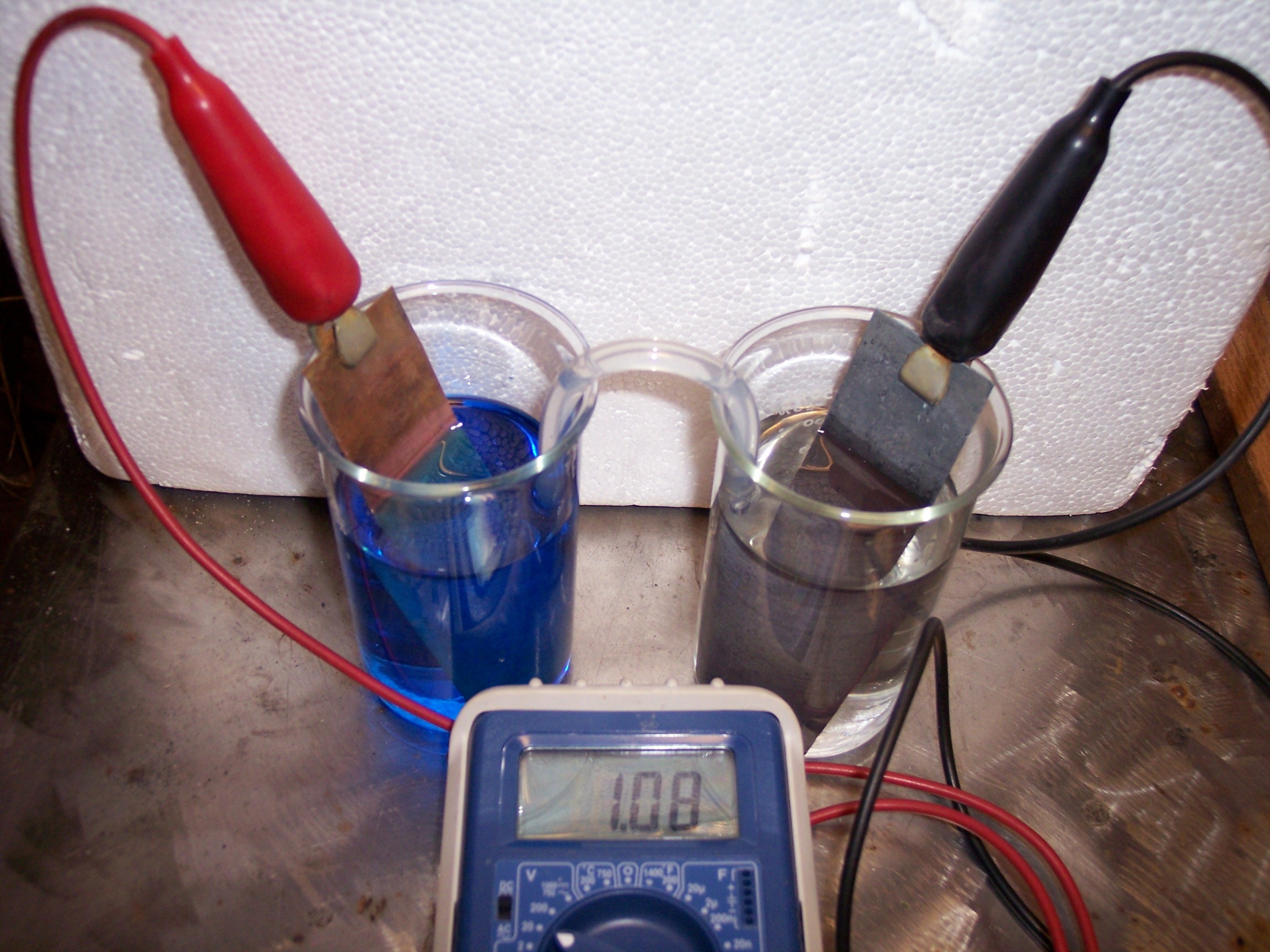
Students can create a voltaic cell that generates electricity by using two different metals like copper and zinc placed in salt solutions and connected by a wire. This experiment demonstrates how chemical reactions can be harnessed to produce energy for better understanding of modern batteries and renewable energy systems.
15. Simulating Earthquake Waves with a Seismograph Model
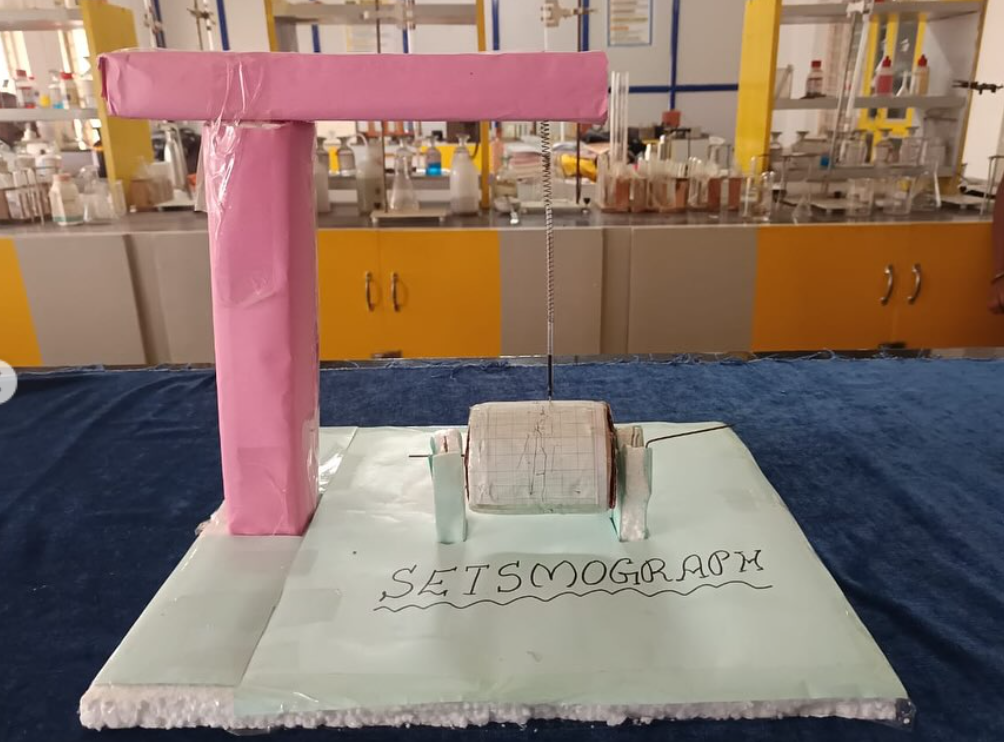
Students can build a simple seismograph using a suspended marker and a moving surface to record vibrations. By shaking the setup, they stimulate how seismic waves travel through Earth’s crust.
Final Thoughts on Science Experiments for High School
These top 15 science fair projects for high school go beyond simple demonstrations. They challenge students to apply theoretical knowledge, work with real data, and connect classroom learning to real-world science.
Besides, active experimentation strengthens problem-solving, teamwork, and curiosity that are crucial for higher education and professional growth. By trying these 15 experiments, teachers, students, and parents can foster a more engaging and hands-on approach to science learning.


